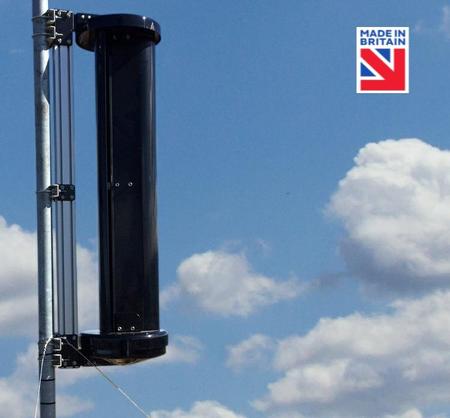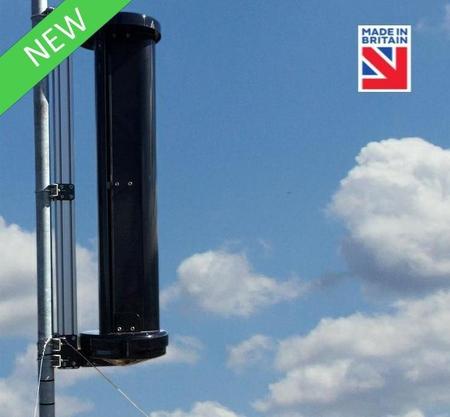Blog
How to Choose the Right Domestic Wind Turbine for Your UK Property: A Comprehensive Guide
As the UK strives to meet its ambitious climate targets, the adoption of renewable energy sources has become paramount. Among these, domestic wind turbines have emerged as an appealing option for homeowners seeking to generate their own electricity. According to a report by the UK Department for Business, Energy & Industrial Strategy, onshore wind contributed 23% of the total electricity generated in the UK in 2020, establishing itself as one of the leading renewable energy sources. This trend signifies a growing interest in Domestic Wind Turbines UK, not just for their environmental benefits, but also for their potential to reduce energy bills and provide energy independence.
However, choosing the right domestic wind turbine can be a daunting task, given the diverse options available in the market. Factors such as location, wind speed, and specific energy needs greatly influence the turbine's efficacy. A study from the Renewable Energy Association indicates that the average wind speed in the UK varies significantly across regions, which can affect the performance and return on investment of installed turbines. Therefore, understanding the nuances of domestic wind energy systems is crucial for UK homeowners interested in harnessing this sustainable power source effectively. This comprehensive guide aims to equip you with the necessary insights to make an informed decision when investing in a Domestic Wind Turbine UK for your property.
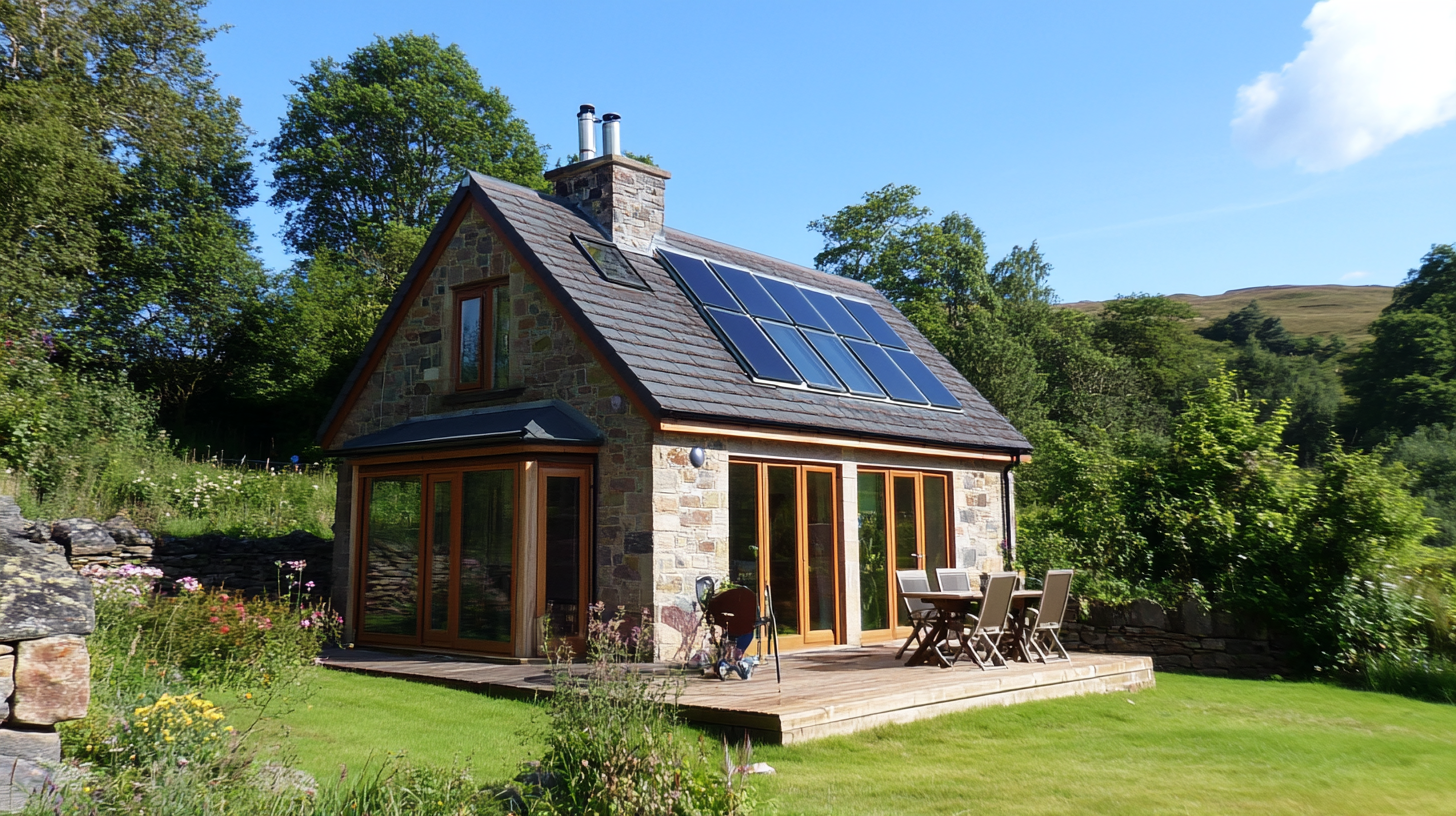
Understanding the Basics of Domestic Wind Turbines and Their Benefits
Domestic wind turbines are an increasingly popular choice for homeowners in the UK looking to harness renewable energy. Understanding the basics of these systems is crucial for making an educated decision. At their core, domestic wind turbines convert wind energy into electricity, which can be used to power your home or fed back into the grid, providing both energy independence and potential financial benefits. One of the primary advantages of domestic wind turbines is their ability to reduce electricity bills. By generating your own power, you can decrease your reliance on the national grid, which is subject to rising prices. Additionally, many homeowners are drawn to the environmental benefits; using wind energy helps reduce carbon emissions and promotes a sustainable lifestyle. It's also important to consider the suitability of your property for a wind turbine installation. Factors such as average wind speed, local regulations, and the spacing between your home and surrounding structures can impact the effectiveness of the turbine. By understanding these elements, you can select a system that maximizes efficiency and aligns with your energy goals. Embracing domestic wind power represents a significant step towards a greener future while also providing tangible economic advantages.
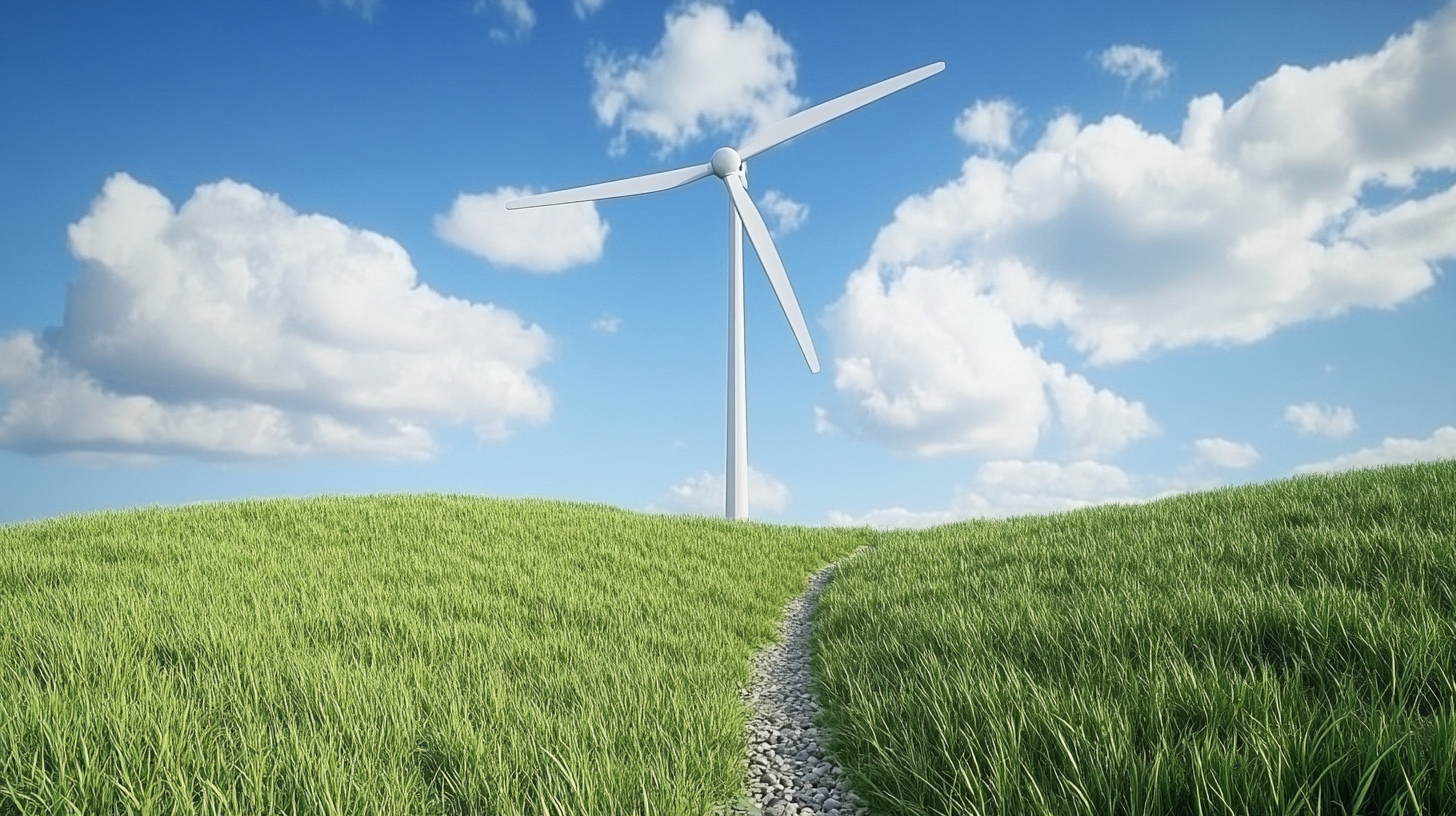
Assessing Your Property: Key Factors for Turbine Suitability
When considering the installation of a domestic wind turbine on your UK property, assessing the suitability of your location is crucial. Several key factors play a significant role in determining whether a wind turbine will be an effective addition to your home. First and foremost, wind speed is a critical element. Average wind speeds of at least 5 meters per second are generally required for a turbine to produce sufficient energy. Therefore, investing in a wind speed meter to gather accurate data over time can provide you with valuable insight into your property's wind profile.
Another essential consideration is the surrounding environment. Urban areas may have substantial wind turbulence due to buildings and other obstructions, negatively affecting turbine efficiency. Conversely, rural properties with open landscapes often offer better wind conditions. Additionally, local regulations and planning permissions need to be reviewed. Each council in the UK has its own guidelines regarding wind turbine installations, so it’s important to ensure compliance to avoid potential legal issues.
Lastly, the distance from the turbine to your home and nearby structures can influence not only the efficiency but also the safety and noise levels associated with wind turbines. Generally, a distance of at least 3 times the height of the turbine to any nearby building is recommended to mitigate noise and shadow flicker concerns. By carefully assessing these factors, you can make a more informed decision about the suitability of a wind turbine for your property, ensuring that it will be both effective and efficient in harnessing the power of the wind.
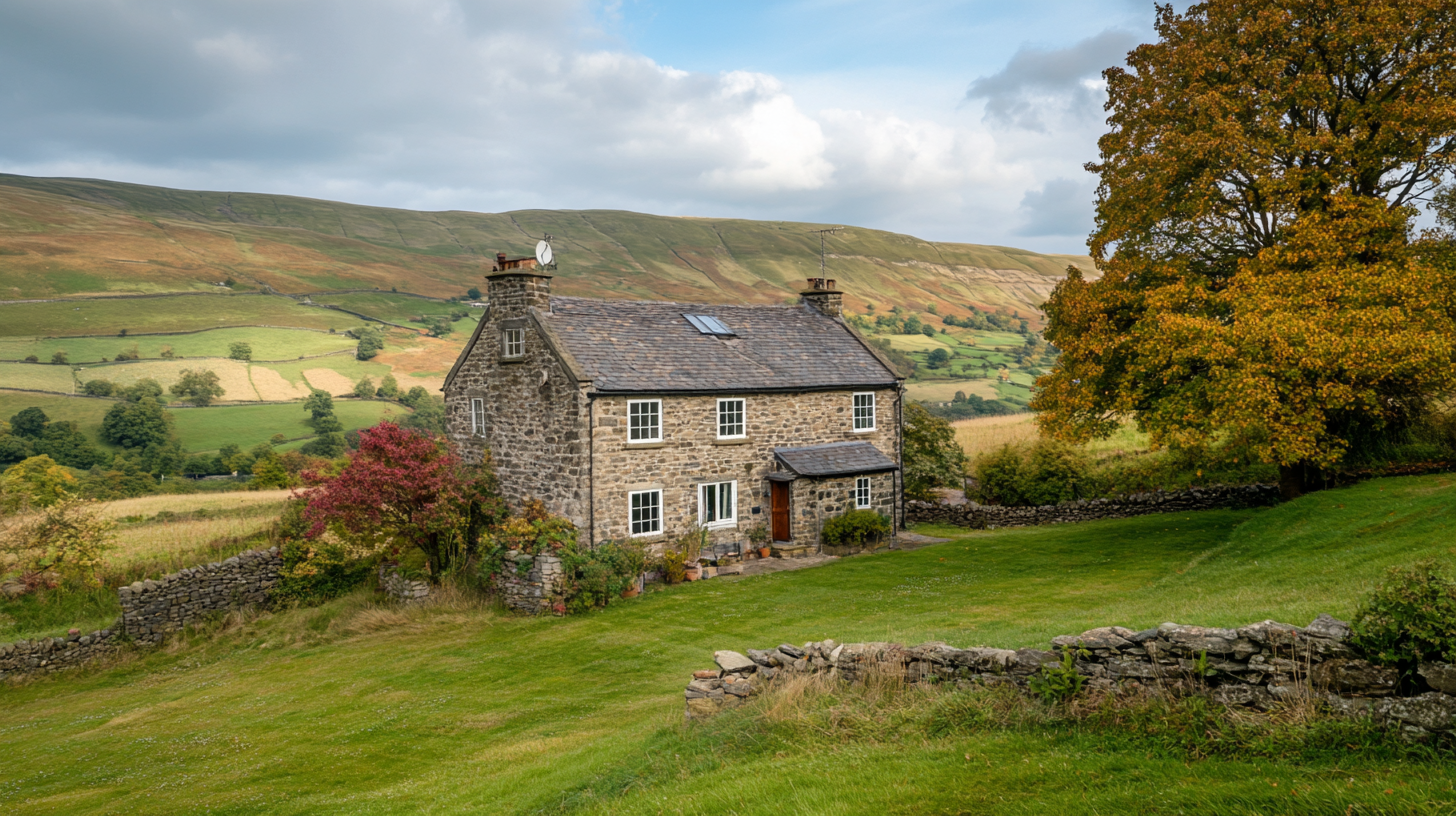
Exploring Different Types of Wind Turbines Available in the UK
When exploring different types of wind turbines available in the UK, it's crucial to consider various factors such as size, design, and efficiency. Domestic wind turbines come in two main categories: horizontal axis wind turbines (HAWT) and vertical axis wind turbines (VAWT). HAWTs, characterized by their large blades and high efficiency, are the most common choice for residential properties. According to the Renewable Energy Association, these turbines boast efficiency rates of over 40% under optimal conditions, making them a robust option for homeowners seeking renewable energy solutions.
In contrast, vertical axis wind turbines offer unique advantages, particularly in urban settings where space is limited. They have a smaller footprint and are better suited for capturing wind from multiple directions. A report from the UK Department for Business, Energy & Industrial Strategy indicates that while VAWTs typically operate at lower efficiencies—around 30%—their ease of installation and lower noise levels make them appealing for residential use, especially in highly populated areas.
Additionally, potential buyers should consider the turbine’s capacity rating, which determines the maximum power output. The average domestic wind turbine can range from 1 kW to 10 kW, depending on the energy needs of the household. As noted in a recent market analysis by Navigant Research, the growth of small-scale wind energy systems is expected to increase by 20% annually in the UK, driven by advancements in technology and greater public support for renewable energy initiatives. Understanding these different types and their respective benefits will help UK homeowners make informed decisions tailored to their energy requirements and environmental goals.
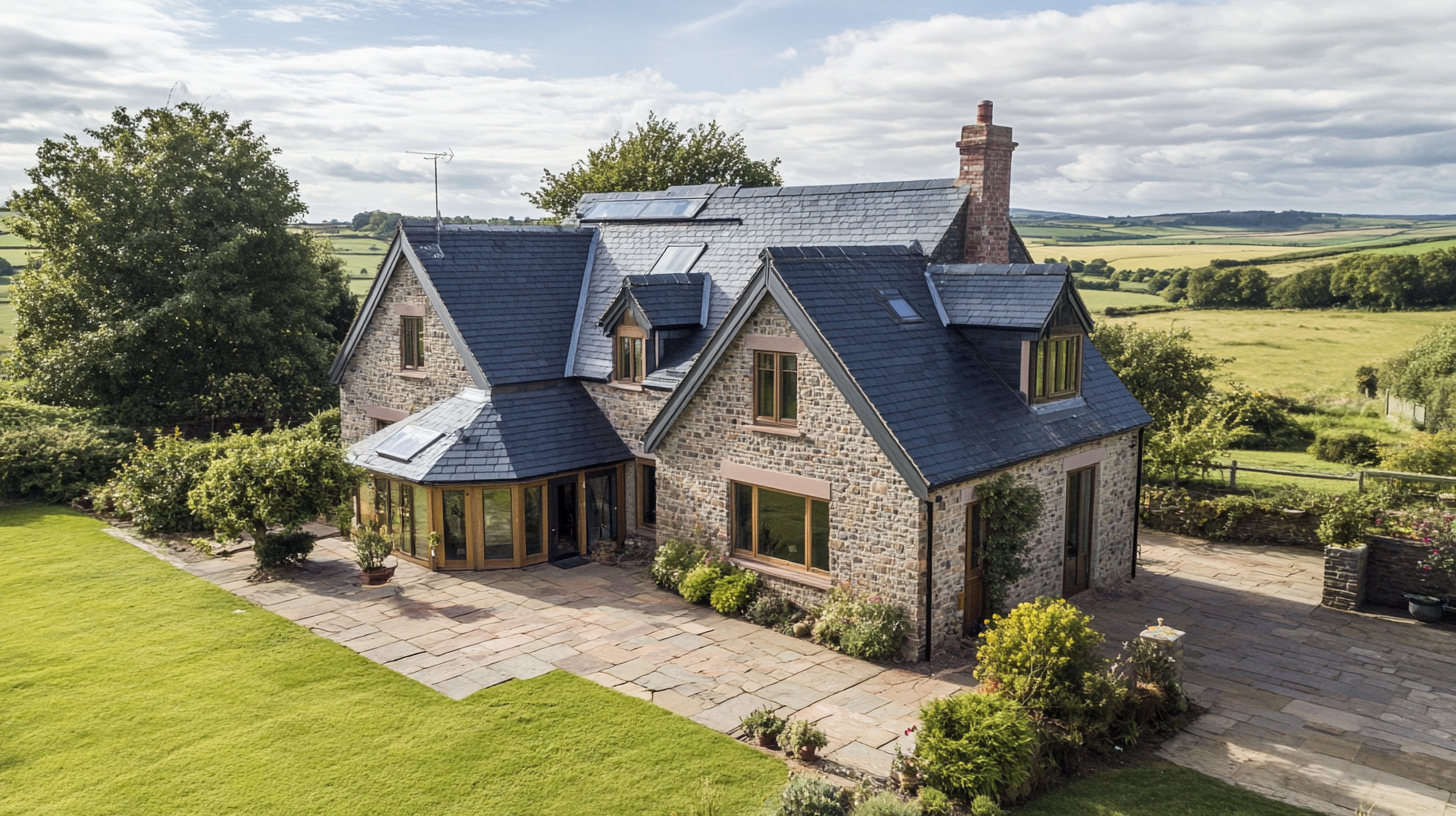
Evaluating Installation Costs and Financial Incentives for Wind Energy
When considering the installation of a domestic wind turbine for your property in the UK, understanding the installation costs and available financial incentives is crucial. The upfront costs can vary significantly based on the type of turbine selected, site conditions, and the scale of the installation. Generally, a small-scale turbine can cost between £10,000 and £30,000, including installation. It’s essential to consult with professional installers to get accurate quotes tailored to your unique circumstances.
Financial incentives play a pivotal role in reducing the economic burden of installing a wind turbine. In the UK, the Feed-in Tariff (FiT) scheme previously provided payments for the energy generated by renewable technologies, although it has been closed to new applicants since 2019. However, there are still alternatives such as the Renewable Heat Incentive (RHI) for renewable heating systems. Additionally, the Smart Export Guarantee (SEG) offers homeowners payment for surplus energy exported to the grid, which can help recoup costs over time. Local government grants and low-interest loans may also be accessible in certain areas, making the transition to wind energy more financially viable.
Ultimately, while the initial investment in a domestic wind turbine may seem daunting, understanding the potential financial aids and long-term savings from energy generation can make it a sound decision. By evaluating the total costs alongside the incentives offered, homeowners can make informed choices that align with both their budget and commitment to sustainable energy solutions.
Maintenance and Lifespan: What to Expect from Your Wind Turbine
When investing in a domestic wind turbine for your UK property, understanding maintenance and lifespan is crucial for optimizing your investment. According to the Renewable Energy Association, well-maintained domestic wind turbines can last between 20 to 25 years. However, to achieve this lifespan, proper routine maintenance must be emphasized. Regular inspections, typically recommended every six months, help identify and address wear and tear before they lead to significant issues.
Maintenance tasks can include checking for loose bolts, inspecting the electrical systems, and ensuring that there is no debris around the turbine base that could interfere with its operation. The UK wind energy sector reports that turbines require minimal maintenance compared to other renewable energy technologies; yet, it’s essential to note that maintenance costs are estimated to be around 1-2% of the initial investment annually. This should be factored into your financial planning to ensure long-term sustainability.
Another factor to consider is the impact of external elements on turbine longevity. Research by the UK Met Office indicates that turbines in coastal areas are more exposed to salt and moisture, which can accelerate corrosion. Regular maintenance checks are especially important for these locations to extend the turbine's operational life. By adhering to these maintenance best practices, you can expect your domestic wind turbine to perform efficiently, helping you to harness renewable energy effectively for years to come.
Tell us about your project
Our Off-grid experts will come back with recommendations





